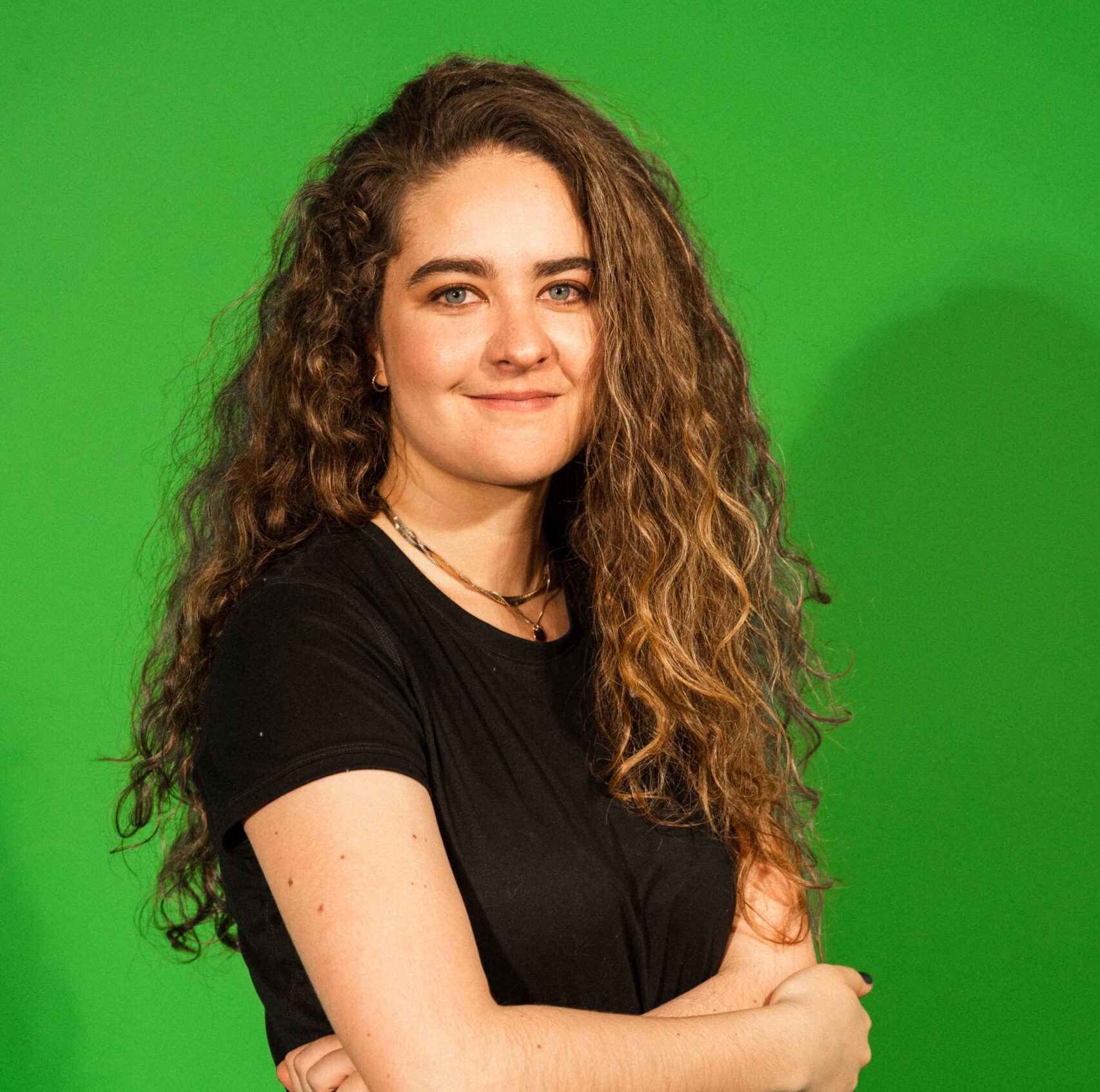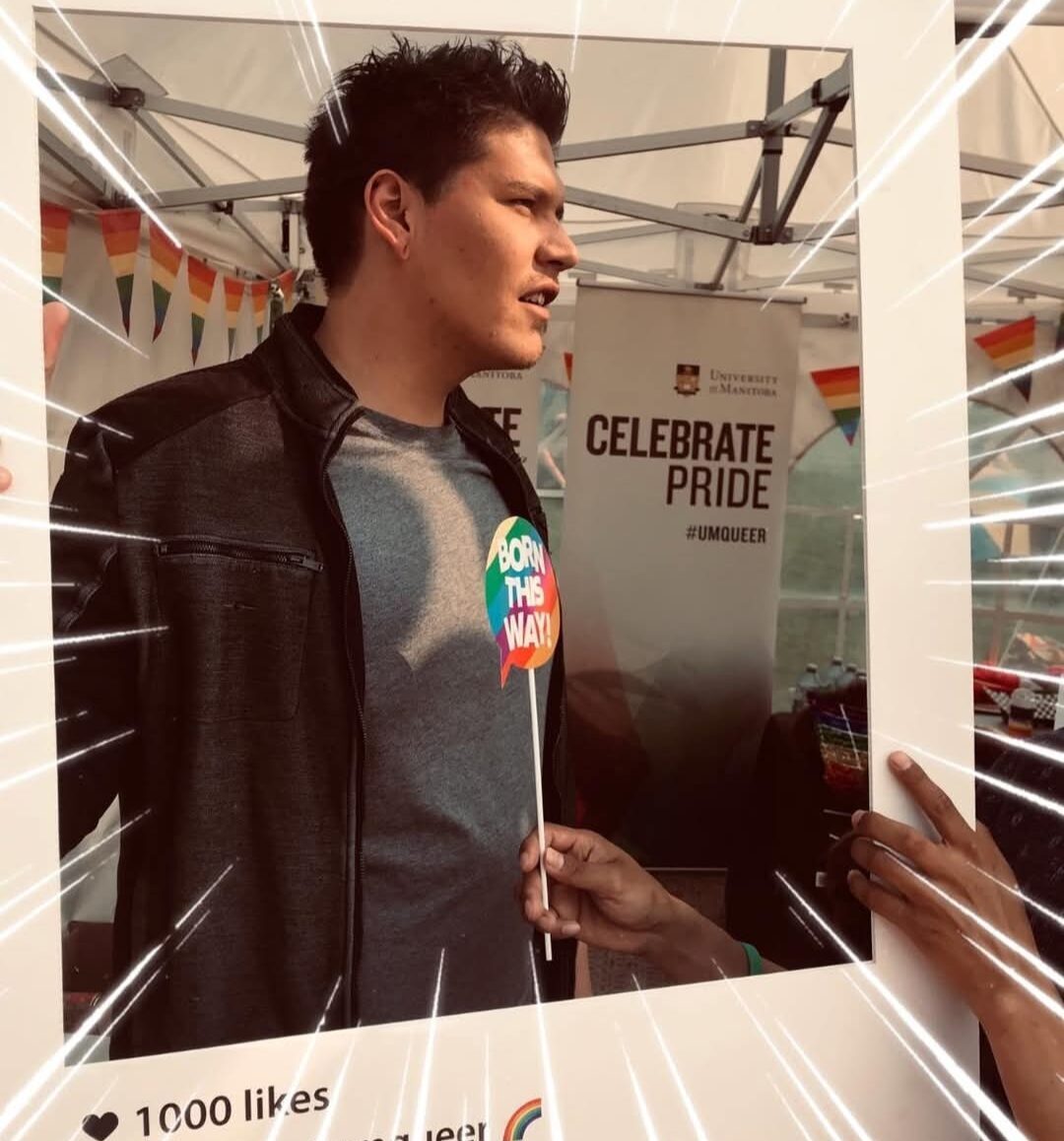What do a curly fry, a zipper, and I have in common? As you delve into this heartfelt article, a hint may emerge. The truth is, I’ve grappled with the decision to write about this multiple times, spending hours in front of my computer. Each time I convince myself to open up, I manage to find an excuse to postpone it. It’s been more than 10 months since I first acknowledged the need to be candid about this on Channel Kindness, and a couple of months since I first broached the subject with Aysha (big shout-out to our amazing guide and mentor). Now, at this very moment, I can finally unveil this piece of my heart.
Opening up about my recovery journey, my time in residential treatment, and the tumultuous battle with life-threatening mental illnesses has been an exercise in vulnerability—one that I’ve willingly embraced. Yet, when it comes to my sexual orientation, it’s been a different story. I’ve kept that part of me tucked away, as if revealing it would be too much to bear. Today, I can’t escape the pressing need to unveil not just the highs and lows of accepting my identity as a lesbian, but also the profound connection it has formed with my path to recovery.
There’s an undeniable weight that comes with navigating the twists and turns of self-discovery, especially when it involves something as personal as one’s sexuality. For too long, I’ve employed coping mechanisms to sidestep this aspect of myself, burying it beneath layers of avoidance. However, as I reflect on the profound transformation I’ve undergone in embracing my truth, I feel an urgency to share the triumphs and tribulations that doing so has had in my journey to recovery and self–acceptance.
Since childhood, I recall being captivated by the typical storyline in movies: a charming boy meets a lovely girl, they fall in love, encounter some obstacle leading to a breakup, only to reunite and live happily ever after. And then there were those timeless love stories in songs, playing on repeat. The peculiar thing, however, was that these narratives never resonated with me on a personal level. They weren’t tales I could connect with, nor did I have the desire to do so. But there was this constant voice inside me saying that’s how things are supposed to be, and anything different might not be all that great.
It wasn’t just my internal belief that loving anyone other than a man was wrong; over time, I began absorbing external messages that only reinforced these convictions. One of my initial experiences upon transferring to an all-girls Catholic school vividly stands out. I was repeatedly informed that any relationship not between a cis man and woman was deemed a sin, labeled as disgraceful, and fundamentally wrong. The rejection I felt, deeply ingrained within me, emanated not just from teachers but also from some of my classmates.
Feeling shame and guilt became an inescapable reality. Messages of rejection and disapproval toward the LGBTQIA+ community were a constant presence, whether in the classroom, socializing with friends, or even during family gatherings. Mocking the community and subjecting them to constant judgment seemed to be a recurring conversation. Gradually, I began to withdraw, constructing barriers around my true preferences and forcing myself into a state of denial.
As I entered university and embarked on a journey toward healing and self-discovery, I began to redirect my perspective toward a more accepting and compassionate outlook. The shame and guilt that accompanied thoughts of being part of the LGBTQIA+ community gradually transformed into feelings of acceptance and compassion. Watching shows like Glee and Dickinson, where the portrayal of a relationship between two women felt increasingly familiar, became a source of inspiration—a love story I could finally envision for myself. Songs like Lady Gaga’s “Born This Way” and Macklemore’s “Same Love” resonated with me, replacing fear and shame in my heart with a sense of being seen, understood, and validated. Suddenly, I started feeling less alone and definitely less scared.
The journey toward embracing acceptance and self-compassion was tumultuous, marked by stepping stones and countless wounds. Nevertheless, it stands as one of the most beautiful and enlightening paths I’ve ever navigated. I’ve never experienced such freedom, love, and authenticity as I do now. Forming meaningful connections with incredible individuals from the community on a deep and personal level has been incredibly rewarding. Since sharing this aspect of myself with my immediate family, it’s been a journey full of ups and downs, where everyone (myself included) has had to adapt, learn, embrace and love me in my happiest and most honest version. Ultimately, their response has been full of love and acceptance, fostering a sense of belonging and providing unwavering love and support. Discerning true friends, I’ve drawn them close to my heart, nurturing and evolving in these remarkable, life-long friendships.
Is it a challenging journey? Undoubtedly. Painful? Terrifying? Lonely? Absolutely. But is it worth it? Without a doubt, every single step of the way. Today, I am free, happy, and loved for who I truly am. No more filters, no more lies, and no more pretending. Embracing my sexual identity has not only allowed me to embrace myself entirely, but has also guided me through the turbulent waters of recovery and healing. It has led me down a beautiful path of self-forgiveness and self-compassion. I’ve learned to unlearn and let go of externally imposed thoughts and opinions that don’t align with my true self, paving the way for a life of pure authenticity and genuine happiness.
In a society frequently entangled in misconceptions and biases, choosing to unveil one’s true self is a journey marked by both liberation and challenges. It goes beyond a mere declaration of personal identity; it becomes a testament to resilience, self-love, and the profound transformative power of acceptance. So going back to our original riddle…What do a curly fry, a zipper, and I have in common? The answer is plain and simple: none of us are straight.





















